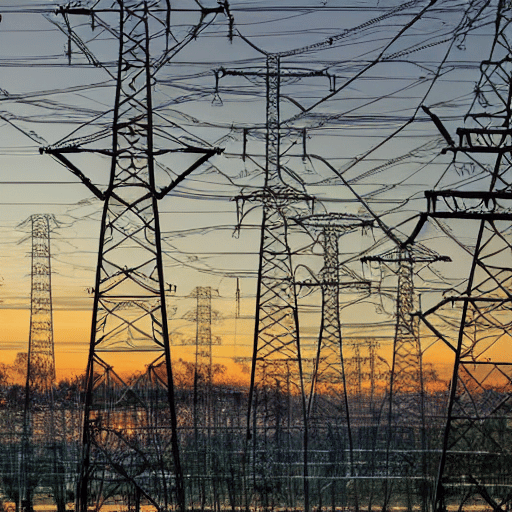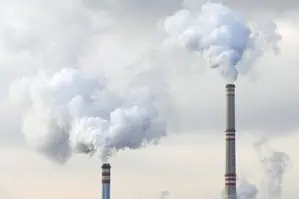The web has come a long way since its inception in 1989. From Web1 to Web2 to the current transition to Web3 – the internet has seen many changes. In this blog post, we will explore the origins of the web and the energy sector.

History Of The Web
The first generation of the web, known as Web0 or the Pre-Web, was a period where the internet was used by academics and scientists to share research papers and data. This was before the World Wide Web (WWW) protocol was invented.
The next generation, Web l or the Early Web, is when Tim Berners-Lee invented the WWW protocol and HTML language, which gave birth to the first website – info.cern.ch. This was a huge milestone as it allowed for sharing of information and data on the internet. This was the read-only era of the internet as users could only consume information that was already published online.
The Early Days Of Web1
Web1 had the following benefits:
- Access to significant amounts of information;
- Low barriers to entry;
- Easy sharing of data and information.
The challenges with Web 1 were:
- Centralization of data;
- Static data;
- Lack of user interactivity – data cannot be edited or interacted with other than by a limited number of technically skilled participants. The general public could not create their own content and was not encouraged to do so.
Web1 Parallels The Energy Sector Today

The energy sector today is largely in a similar situation as the internet was in the early days. It is centralized, is largely fossil fuel-based and we typically receive it via a utility with no/minimal user engagement. We are passive consumers with no control over where it comes from, how clean it is, how much it costs, if/how we get it and we are not leveraging the value of the data available to us. In many cases, we are still in an energy “read-only” era.
So, what is the origin of the energy sector as we know it? It was in the 1880s when Thomas Edison, inventor of electric power distribution, battled with engineer and entrepreneur George Westinghouse over how energy access should spread across the country. Edison advocated for a decentralized, widely distributed power system with a network of small power plants providing low-voltage direct current (DC) electricity to nearby homes and businesses.
Westinghouse, working with inventor Nikola Tesla, advocated the use of high-voltage alternating current (AC) from a centralized system of large industrial power plants transmitted out to a spiderweb of power lines connecting the entire country. AC and the centralized system eventually won out. That’s more or less the model of the grid we have used ever since.
The centralized grid has served us well based on the technologies available and business/societal needs up until now: a safe, stable, reliable, and affordable system. But cracks are emerging, technologies are improving, commercial models and monopolistic frameworks are detrimental and businesses and communities alike want access more control and access to 24/7 power that is cost-effective and clean. Back to the future – as we now advance towards a vision of what Edison had in the 1880s.
So what’s next? Follow us here and keep an eye out for the next blog for a deeper dive into the monopolistic Web1/Utility owned power industry we rely on today.
VECKTA is leading the way by supporting businesses globally to simplify and accelerate the energy transition (and into a Web3 world!). Why not join us on this journey to take control of your energy, and make the switch to a cleaner, more sustainable, and profitable energy future?
Photo credit: (Pixaby/PublicDomainPictures)

